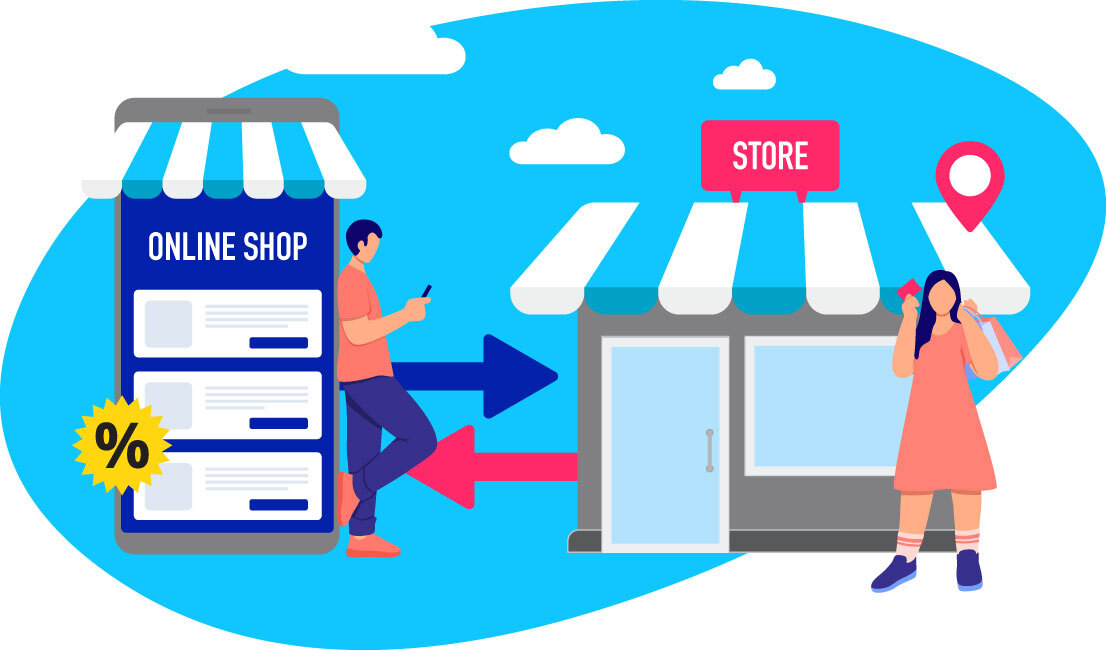5 min read
Personalized recommendations have never been more important for businesses looking to attract and retain customers. According to Accenture, nine out of 10 consumers are more likely to shop with brands that provide relevant offers and recommendations.
Recommendations also have a huge impact on a business’ bottom line as they can result in a 16 percent increase in conversions. Therefore, it is no wonder that recommendation engines are on the rise. Industry Arc reports that the global market for recommendation engines will grow from US$1.14 billion in 2018 to US$12.03 billion by 2025.
Highly Recommended: The Benefits of Using Recommendation Engines
With continuing advances in artificial intelligence (AI), recommendations are no longer aimed at general audiences, or even those of a certain segment. Using deep learning-based recommendation engines, marketers today can target consumers with hyper-personalized recommendations at the individual level, based on metrics like persona, location, interests, real-time online behavior and so on. This will not only allow marketers to drive online traffic through retargeting ads or email marketing, but also reduce customer irritation and churn rates.
Personalized product recommendations also help engage customers by serving them with products or services that are highly relevant to them. This will encourage higher average order values and increase conversions. In the long term, using personalized recommendations will show your customers that you understand and value them, increasing customer satisfaction and loyalty.
Challenges to Overcome Before Deployment
While the stratospheric growth shows that businesses all over the world are exploring what recommendation engines can do for them, effectively using this technology comes with its fair share of challenges.
1. Significant investments required
Recommendation engines are a big investment, not only financially, but in terms of time, too: it takes a long time and deep expertise to build an effective recommendation engine in-house. Besides the requisite data scientists and other assorted specialist staff, you will need to factor in costs for the discovery and analysis phase (including a feasibility study to make sure this is the right path for your business), the prototype implementation phase, the minimum viable product (MVP) development, followed by the final release and deployment.
Even when the recommendation engine is active, the journey is not over: the engine will need constant monitoring and refinement to ensure it is operating as optimally as possible, resulting in continual costs.
2. Too many choices
Alternatively, you could employ an off-the-shelf solution from a third-party company, but with so many options available on the market, how do you know which is the right one for your business? Evaluating different solutions can be enormously time consuming, as you need to evaluate their case studies, the technology, how the solution will be integrated into your current company setup, and so on.
For example, is collaborative filtering the best recommendation strategy for your website? Or maybe content-based filtering would be more suitable? If you are employing a third-party solution, make sure the vendor spells out the pros and cons of each technology, and – crucially – make them explain why they think their chosen approach is best for your business specifically.
3. The complex onboarding process
Bringing a recommendation engine into your business can be a complex affair. Sometimes, it might not be worth the effort, especially if it does not fit into your business vertical.
However, this can also be due to a number of other reasons, such as lack of understanding of recommendation models, poor UX design of your website, and insufficient knowledge of your business domain. Employing and assigning the right staff who not only understand the technology but also know the intricate workings of your business will allow you to unlock the full potential of recommendation engines.
4. Lack of data analytics capability
Like all AI-based technologies, recommendation engines rely on data – if you do not have high-quality data, or cannot crunch and analyze it properly, you will not be able to make the most of the recommendation engine.
To ensure the best-quality data, you should ask yourself four questions: How recent is it? How noisy is it? How diverse is it? How quickly can you feed new data to your deep learning model?
Deep learning-based recommendation engines can demand high computational complexity. If the data that is fed to the model is less accurate or valuable, the result will be less useful. So, before investing in recommendation engines, make sure your business is up to the complex data analytics demands required.
5. The ‘cold start’ problem
Relying on user data has its downsides, one of which is the issue of ‘cold start’. This is when a new user enters the system or new items are added to the catalogue, and therefore, it will be difficult for the algorithm to predict the taste or preferences of the new user, or the rating of the new items, leading to less accurate recommendations.
However, a deep learning model is able to optimize the correlations between the customer and the product by analyzing the context of product and user details like product descriptions, images, and user behaviors. It can then make meaningful recommendations for each individual product or customer under different scenarios. This results in a unique set of recommendations that takes into consideration all these variables.
Because these deep learning models do not heavily rely on user behavior data, they are the solution to the cold start problem.
For more on this, read our white paper: The Complete Guide to Finding the Right Recommendation Strategy
6. Inability to capture changes in user behavior
Consumers do not stand still – they are constantly behaving and evolving both as people and customers. Staying on top of these changes is a constant battle. A strong recommendation engine will be able to identify changes (or signs of an impending changes) in customers’ preferences and behavior, and constantly auto-train themselves in real time in order to serve relevant recommendations.
7. Privacy concerns
The more the algorithm knows about the customer, the more accurate its recommendations will be. However, many customers are hesitant to hand over personal information, especially given several high-profile cases of customer data leaks in recent years. However, without this customer data, the recommendation engine cannot function effectively. Therefore, building trust between the business and customers is key.
Many businesses are thriving thanks to recommendation engines. While they do bring enormous opportunities, it is vital to be aware of the many challenges inherent to the technology in order to utilize it to the fullest. We would not recommend anything less.
* To learn more about deep learning-based recommendations, and how to choose the right recommendation strategy for your business, download our white paper ‘ The Complete Guide to Finding the Right Recommendation Strategy ’ now. Have a question? Get in touch with our team today for an exclusive consultation.



